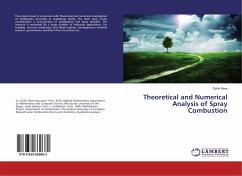A three-dimensional prey-predator model is suggested to explain the interplay between prey and two age stages of the predator. The fear function is modeled in the prey population. It has also been hypothesized that the prey is strong enough to show anti-predator behavior and has the ability to kill the predator as a natural response to resistance to predation. The traditional Holling's disk Eq. (Holling type II) is modified to explain the prey consumption to involve an additional food (AF) for the predator, taking into consideration the handling time, and the search time for the prey. The existence, uniqueness, and boundedness of the Sol. of the proposed model are investigated. The local stability analyses are carried out after deciding all viable equilibrium points (EPs). The Lyapunov method is also used to investigate the global stability analyses for this model. The probability of local bifurcation (LB), along with Hopf bifurcation (HB), is studied. Moreover, to complete our study and confirm our analytical results, Numerical simulations are performed to investigate the global dynamics of the model and determine the set of control parameters.
Bitte wählen Sie Ihr Anliegen aus.
Rechnungen
Retourenschein anfordern
Bestellstatus
Storno








